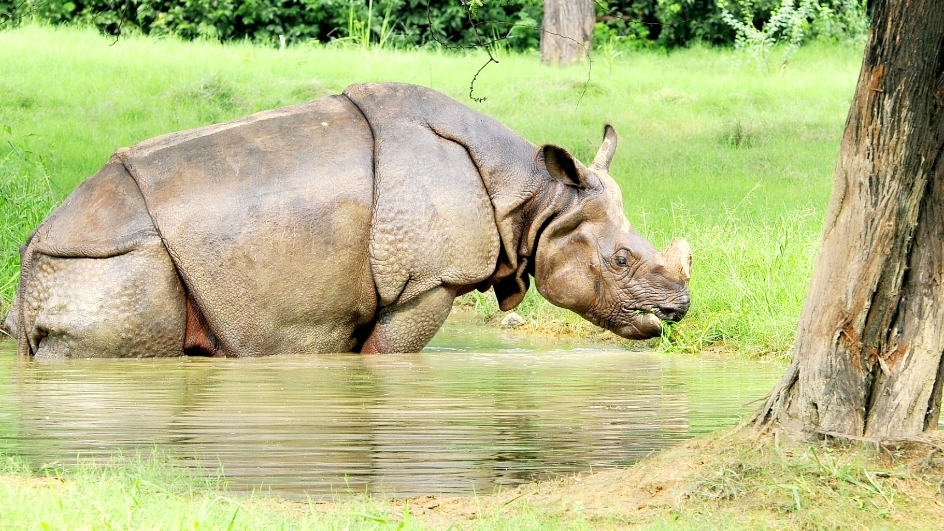As per the Mammal Diversity Database, there are a total of 6,495 recognised mammal species in the world right now. The alarming study, published earlier this month,suggests 558 of these mammal species could go extinct globally by 2100 if conservation efforts are not stepped up.
Moreover, the research also indicates that humans have been responsible for almost all the mammal species that have gone extinct at least since the beginning of the Late Pleistocene period 126 thousand years ago.
The study also shows that all parts of the world will enter a second wave of extinction by the year 2100—several times greater than the currently increased rates. In fact, scientists say that Australia and the Caribbean have already today entered. This second extinction wave based on the extinctions that have occurred during the past decades.
On a global level, the study found that the current extinction rates are around 1700 times higher than those at the beginning of the Late Pleistocene, around 126 thousand years ago.
Based on current trends, the researchers predicted for the near future a rate escalation of ‘unprecedented magnitude’ in species extinction.
According to model projections, extinctions that have occurred in the past centuries only represent the ‘tip of the iceberg’, compared to the looming extinction of the upcoming decades. As per the Intergovernmental Platform on Biodiversity and Ecosystem Services.
The primary drivers of biodiversity loss are land and sea use change, direct exploitation of organisms, climate change, and pollution. If we address these threats, scientists say that we can prevent hundreds of predicted mammal species extinctions.
Source – The Weather Channel India






















 WhatsApp us
WhatsApp us